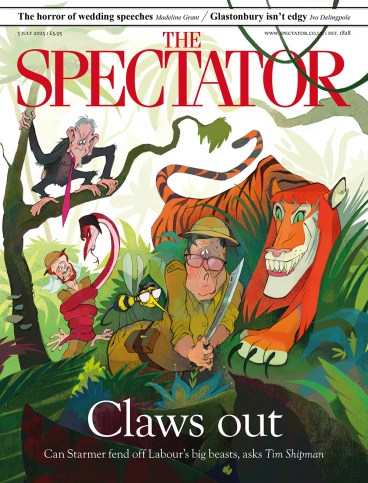
Slowly the canvas was unfurled across the concrete floor of a warehouse on an industrial estate in Suffolk. On and on it went, a flurry of paint marks and brush strokes, yellow, green and occasionally blue, like a cornfield at harvest time. By the time we got to the end some seven metres of it lay stretched out at our feet. It was the first time anyone had seen this unknown magnum opus by Gillian Ayres since it was rolled up in 1974 – and it looked sensational.
Recently I’ve been reflecting on the 1970s for a couple of reasons. One is that I’m working on a book about art in London at that time, the other is that I’ve been helping to organise an exhibition of Ayres’s work from that era at the Heong Gallery, Downing College, Cambridge. Of course, as L.P. Hartley noted, the day before the day before yesterday is alien territory – and the maps we have of it may not be reliable. It strikes me as a period from which much art and many artists are waiting to be resurrected and re-examined.
Artistically the early 1970s was a period in which painting was out. Everybody knew that at the time, including the painters. But that does not mean that good pictures were not being created, on the contrary. Simply by a count of masterpieces, it ranks as one of richest since Turner and Constable were exhibiting side by side at the Royal Academy. Francis Bacon was still working at full power. David Hockney produced such marvellous works as the two canvases, ‘My Parents’ and ‘Looking at Pictures on a Screen’, both 1977, which last year in the National Gallery hung on either side of Piero della Francesca’s ‘Baptism’, withstanding that exalted comparison with aplomb.
Meanwhile Lucian Freud was just entering his late phase, rich in magnificent portraits, with and without clothes, and also painting a group of London landscapes, among the bleakest and most evocative of all images of that city. Among numerous other fine figurative painters, Frank Auerbach, Euan Uglow, Leon Kossoff and Michael Andrews were all working at full power. Then there was a vigorous, and varied community of abstractionists, including not only Ayres, but Bridget Riley, Frank Bowling and Sean Scully.
Nonetheless, the general view was that painting was if not dead, certainly moribund (or smelt bad, as John Lennon is supposed to have put it). At St Martins School of Art, where Ayres taught until 1978, other members of staff used to warn the students: ‘Don’t listen to her, she’ll make you want to paint’. In some cases, she did.
Personally, Ayres reacted against this tide of fashion by luxuriating in her medium. Her environment and – quite frequently – the artist herself were covered in the stuff. The painter Mali Morris recalled attending a party during the 1970s at Ayres’s house on Beverley Road, Barnes. The door was opened not by the artist herself, but by her then dealer Kasmin. He was dressed in an outfit startling even for a social gathering in that unconventional decade: ‘one of those paper boiler suits that forensic teams wear to the scene of the crime’. This precaution was ‘very necessary’, Kasmin explained, since he always got covered in paint whenever he visited this dwelling. He was right. When she got home she discovered her party dress was smeared with Prussian blue, probably the result of sitting on a kitchen chair that doubled as a palette.
The 1970s ranks as one of the richest periods since Turner and Constable were exhibiting side by side
Later in the decade Ayres changed from paintings of remarkable length to ones with extreme thickness of impasto. ‘Handfuls of paint’ as she put it – which she did not mean metaphorically. She worked, as her friend the critic Tim Hilton noted, ‘in some intimacy with her picture, with fingers, rag and torn-off scraps of cardboard’. The results were paintings with a texture like some sumptuous textile. Ayres remembered how, ‘when people came to the house they used to say, what are those? Are those carpets pinned up all over the walls?’ At a distance of four decades they look magnificent.
In the early 1970s Ayres’s whole house was turned into an extended studio. Her son Sam Mundy remembers how he and his brother Jim sometimes had to crawl under a canvas to get into the sitting-room to watch television. Other works were pinned up in the loft space and, in summer, stretched down the garden.
Not every artist worked at home. This was an era in which artists were searching for larger places to work – partly because art itself, especially painting, was tending to get bigger. Empty space was a commodity which in the depopulated and rundown city of the 1970s was plentiful – and cheap. Peter Sedgley, an op and kinetic artist, briefly considered taking over the decayed remains of the Marshalsea prison, familiar from Dickens’s Little Dorrit. When these premises proved impractical he and his then-partner Bridget Riley transformed part of the disused St Katharine Docks into a warren of communal studios. The square footage was enormous but heating was nugatory. Michael Craig-Martin had a studio there, warmed by a portable gas fire. He remembers, ‘standing so close to it that my legs were almost bursting into flames and the rest of me was absolutely frozen’.
For much of the 1970s Antony Gormley worked in a squatted ex-factory on King’s Cross Road shared with numerous other indigent artists (this was the golden age of squatting). ‘None of us,’ he told me, ‘were making any money.’
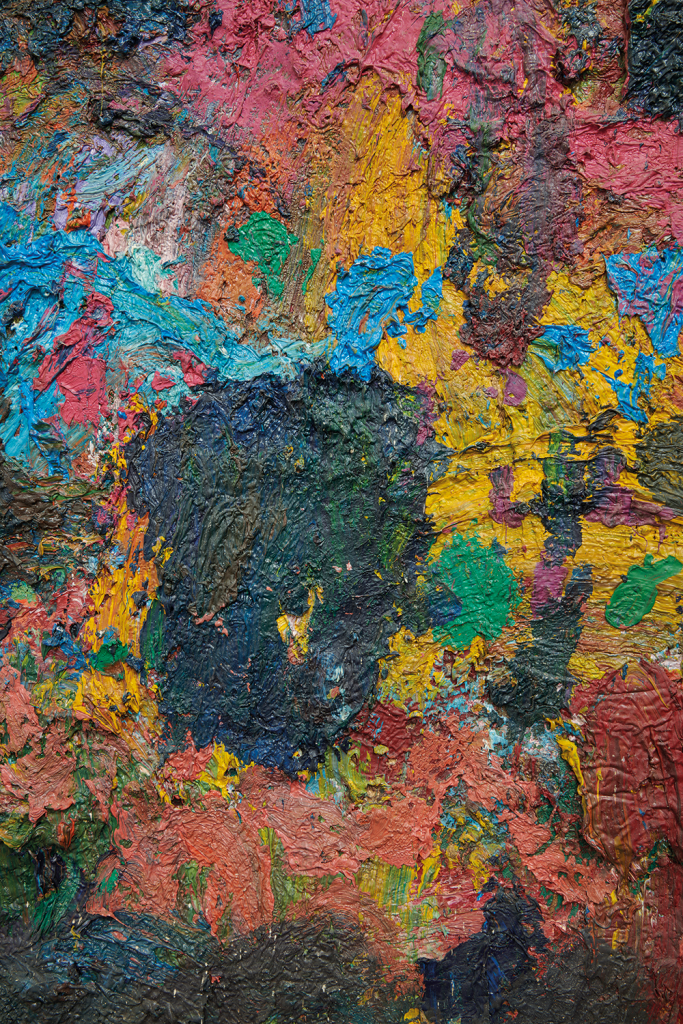
London in the 1970s was a city crowded with artists of every kind, but largely lacking in anyone willing to buy their work. This unbalanced state of affairs had developed after the second world war. Previously in Britain, professional artists had been a vanishingly tiny group. Lucian Freud remembered that when he told people at parties what he did they’d reply: ‘I wasn’t asking about your hobbies.’ But that changed in the 1940s and 1950s. In the autumn of 1945 so many would-be artists flocked to the Camberwell School of Art that extra buses had to be put on from Camberwell Green.
The number of people making art and who wanted to see it both greatly increased, but the tally of collectors did not keep pace. By the 1970s, especially after the oil shock, it was worse. Kasmin, who also represented Hockney and the sculptor Anthony Caro, recalled that at that date, he had to travel to sell. ‘I sold pictures in Belgium, a little bit in Germany and a great deal in America.’ Art had become a curiously self-supporting activity. With the exception of a tiny handful of stars – such as Henry Moore and Francis Bacon – most artists supported themselves wholly or partly by teaching. Once they’d graduated the best of their students went on to do the same.
The result was a period of remarkable creativity and limitless innovation. Art schools such as St Martins and Goldsmiths fizzed with ideas, all the more so since sales were an improbable outcome whatever kind of art you produced. Highly uncommercial idioms proliferated: land art, performance art, conceptual art. Gilbert & George, star students from St Martins, pioneered the notion of living sculpture.
Even painting, though a more traditional medium, was frequently approached in a highly uncommercial manner. Certainly it was by Ayres. Naturally abstractions like the one we unrolled in Suffolk – along which it was necessary to walk to get the full experience – remained unsold and largely unseen. Few private houses contain a suitable spot for such a work, and not all public galleries either. Many canvases of similar length, perhaps up to 30, remain rolled up in Ayres’s old studio. They constitute a reminder that the era of Edward Heath, the Thorpe trial and the three-day week is also an art-historical time capsule full of artists and art awaiting rediscovery.
What can be done with painting: Gillian Ayres in the ’70s is at the Heong Gallery, Downing College, Cambridge, until 24 August.

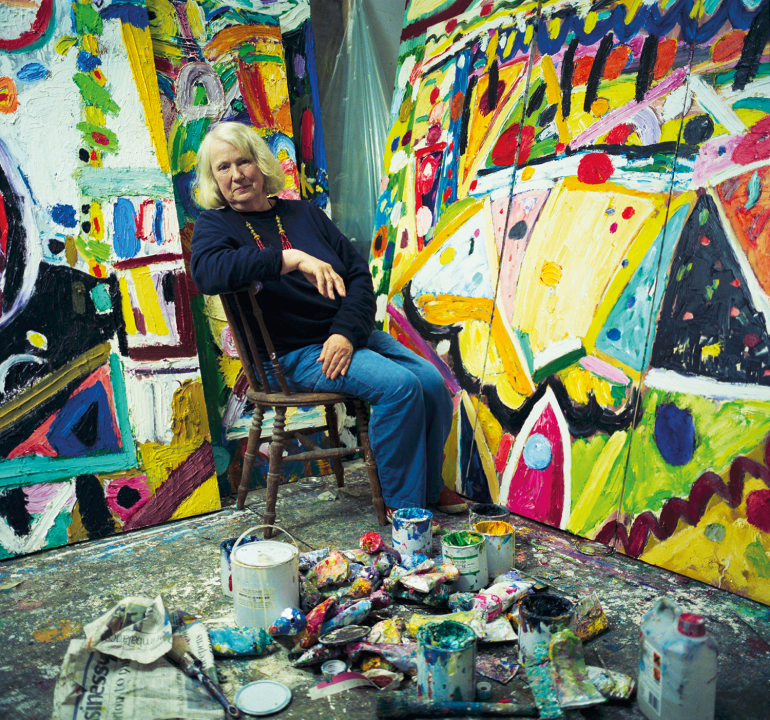
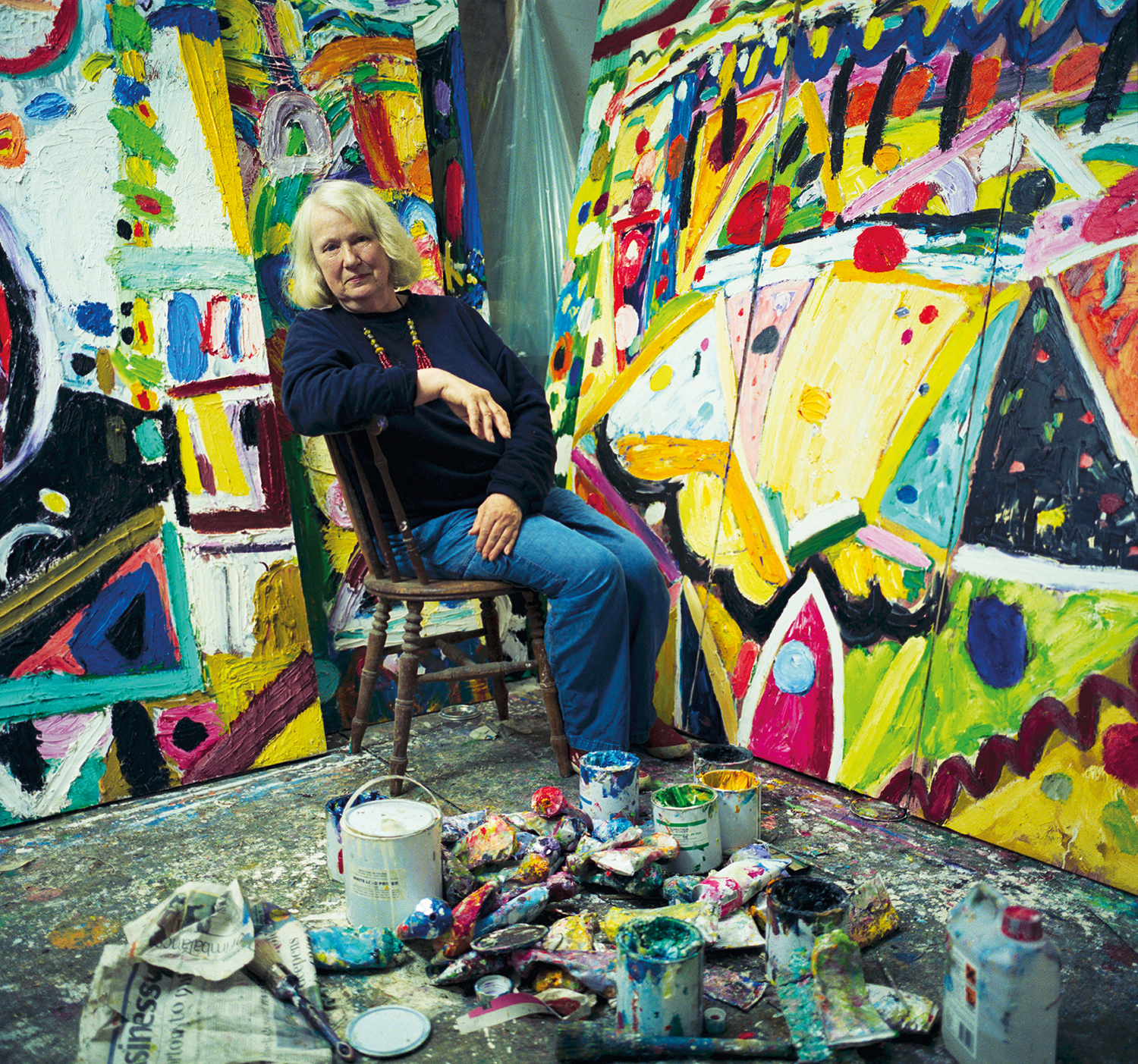
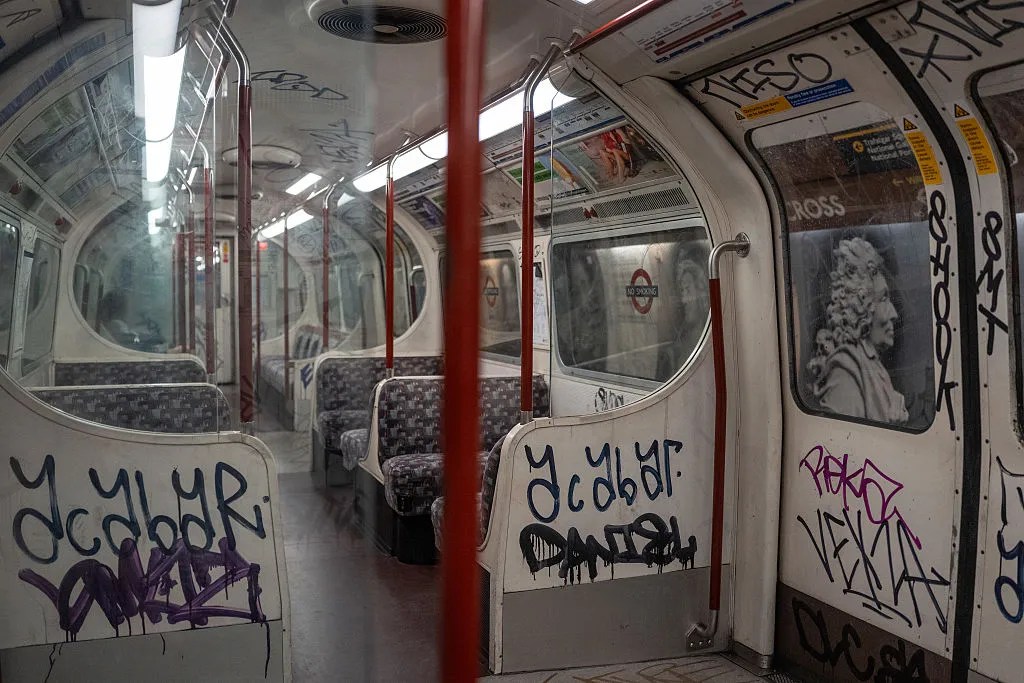




Comments